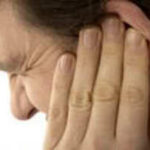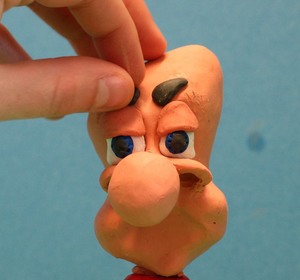Do people often have to repeat sentences when they’re talking to you? Are you experiencing occasional dizziness and a sense of fullness in one or both ears? These can all be signs of impacted ear wax, a relatively common problem that becomes more pronounced with age. The hearing loss associated with impacted ear wax can be so subtle that it isn’t noticed until the wax is removed and you suddenly realize how much better your hearing is. Ear wax can even cause tinnitus, an annoying ringing in the ears, that can be quite distracting. What’s the best way to remove ear wax and get some relief?
How to Remove Ear Wax: No Q-Tips Please.
When ears feel full, many people instinctively reach for the box of q-tips to clean out the ear canals. Q-tips serve a useful purpose, but they’re not the correct tool to remove ear wax. In fact, they can make the problem worse by pushing the wax further down the ear canal. A better approach to remove ear wax is to use a cerumenolytic, a substance that softens the wax and either dissolves it or at least makes it easier to remove. One of the best cerumenolytics is olive oil conveniently found in your kitchen cabinet. Apply two drops each day for a week and reassess you symptoms.
How to Remove Ear Wax: If Softening Isn’t Enough
If you still experience symptoms after a week of olive oil, the wax may need to be manually removed. This can be done in your doctor’s office hand held metal syringe and warm water or a pulsed water jet system. You can also buy home ear wax removal systems that irrigate the ear canal with hydrogen peroxide or carbamide peroxide. These systems can be quite effective if used properly although they may not work if there is a lot of deeply impacted wax. In this case, it’s worth a trip to your doctor’s office for a professional irrigation.
How to Remove Ear Wax: What to Avoid
One technique to remove ear wax that should be avoided at all costs is ear candling. This is a technique where a long tube covered in beeswax is placed into the ear canal. The end of the tube exposed to the outside is lit which supposedly creates a vacuum to draw the wax out. In reality, this procedure is not only ineffective, but unsafe. Imagine the pain and damage that can occur if hot beeswax melts into the ear canal. This is one ear wax removal procedure to avoid at all costs.
The Bottom Line?
You can try softening and irrigating impacted ear wax at home, but it may not be completely effective if you have a serious wax buildup. In that case, schedule an irrigation at your doctor’s office. You may be surprised at just how much better you’ll hear.



